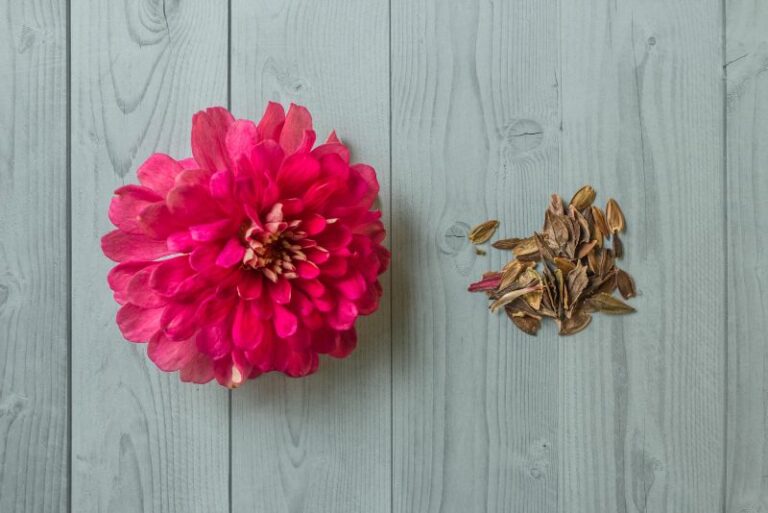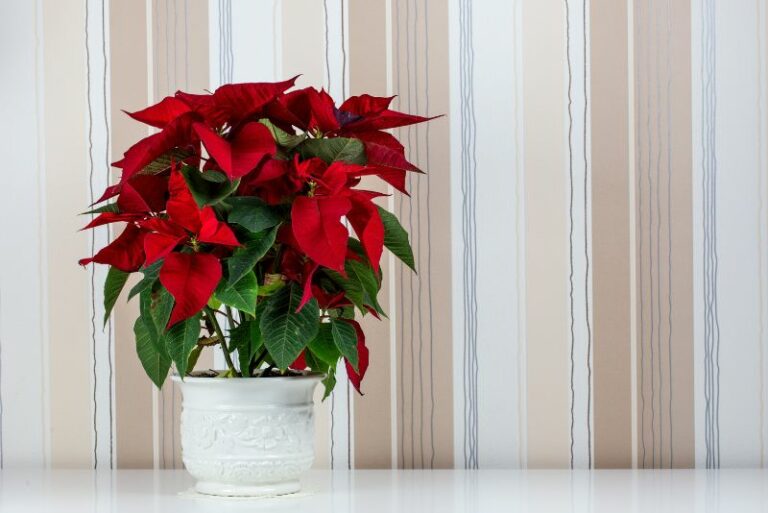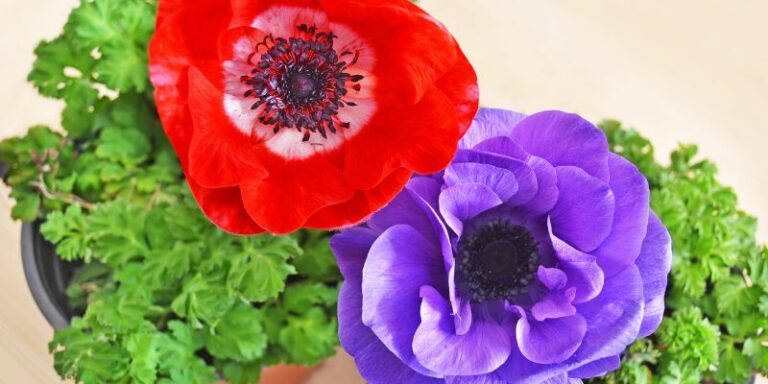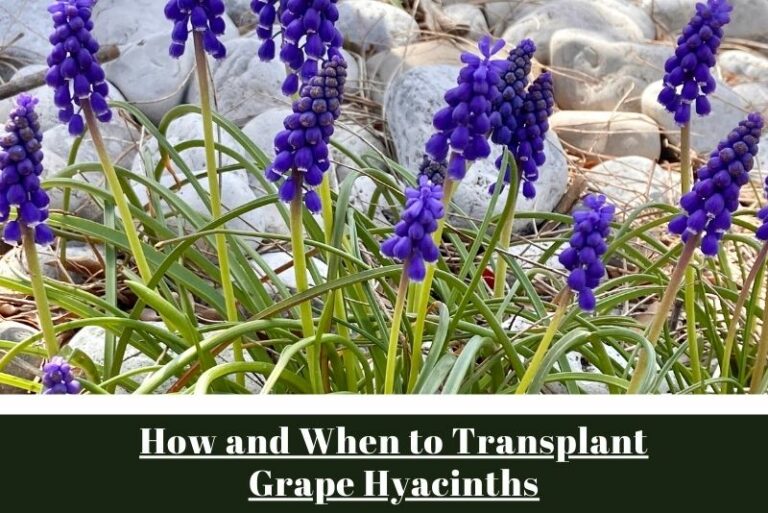Heather Plant Propagation: A Green Thumb’s Comprehensive Guide
Heather plants, beloved for their delicate foliage and vibrant bloom, are a staple of the picturesque heath and moorland landscapes. However, they also hold a special place in the hearts of gardeners and horticulturists for their ability to propagate and thrive in varied conditions. This post serves as a holistic guide for all those who wish to master the art of propagating heather plants. From the novices to the seasoned green thumbs, read on for a detailed roadmap to multiply these lovely additions to your garden beds.
Methods of Propagation
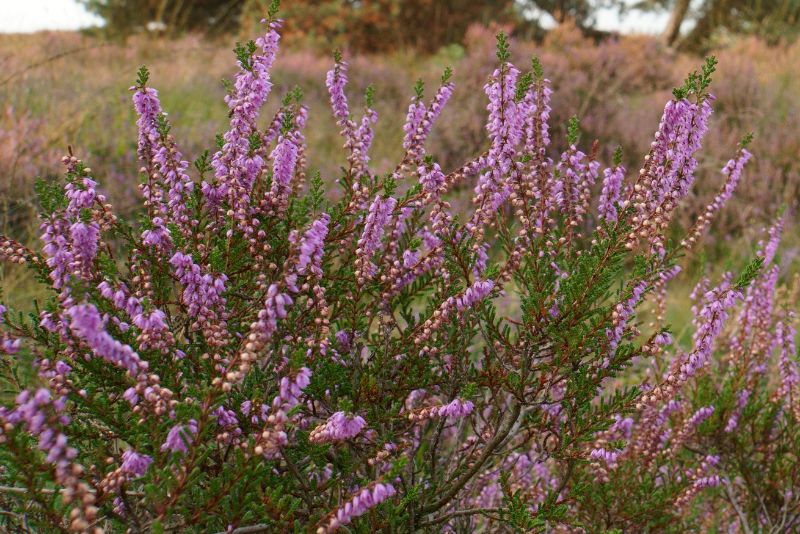
When it comes to expanding the heather in your garden, several methods can be employed with varying degrees of complexity and success rates.
Seed Propagation
Propagation via seeds is one of the primary methods used for heathers and is especially valuable for creating plant diversity, as each seed holds the potential for unique traits. However, this method requires patience and can be less reliable than others, given the varied conditions seeds need to germinate successfully. To propagate heather plants from seeds:
- Harvesting Seeds: Collect seeds from mature heather plants. This usually happens after flowering season when seeds ripen within the old flowers.
- Prepare the Growing Medium: Use a well-draining seed-starting mix and fill it into trays or small containers.
- Sowing the Seeds: Scatter the seeds evenly over the surface of the growing medium and press them lightly into the soil.
- Cover and Water: To maintain moisture levels and create a greenhouse-like environment, cover the trays with a clear lid or plastic wrap. Water the seeds gently to avoid dislodging them.
- Provide the Right Conditions: Place the trays in a warm location with indirect light. Seeds typically germinate in about three weeks.
- Aftercare: Once the seedlings have developed true leaves, they can be transplanted into individual pots and grown in favorable conditions before moving them to their permanent outdoor location.
Seed propagation can be a rewarding way to introduce genetic diversity in your garden, but it requires time, skill, and careful attention to detail.
Division Method
This method is more straightforward and involves separating the root ball of an established plant into smaller sections, each holding potential for a new individual.
- Selecting the Plant: Choose a healthy, mature heather plant with a good root system.
- Preparation: Water the plant the night before division to loosen the soil and strengthen the plant for the process.
- Dividing the Plant: Use a sharp spade to slice through the root ball, creating as many sections as possible.
- Replanting: Immerse the divided sections in water to prevent the roots from drying out and replant them immediately or within a day at most.
The division method is an effective way to propagate heather plants and is less stressful for the parent plant compared to other methods.
Cuttings Technique
Arguably the most reliable method for propagating heather plants, cuttings ensure genetic consistency, and when done correctly, can deliver high success rates.
- Selecting Cuttings: Choose young heather shoots for cuttings, preferably those without flowers.
- Preparing the Cuttings: Taking a cutting from a healthy plant during the appropriate season is key. For heathers, the best time is in late spring or early summer.
- Rooting Hormone: Dip the base of the cutting in a powdered or liquid rooting hormone to encourage root growth.
- Planting the Cuttings: Insert the cutting into a well-draining medium such as peat moss or a specialized cutting compost.
- Creating Humidity: Enclose the cuttings and their containers in a clear plastic cover or bag, ensuring the cover does not touch the leaves directly.
- Providing Light: Place the cuttings in a warm, bright location out of direct sunlight.
- Monitoring Growth: Over the following weeks, monitor the cuttings for signs of root development.
The cuttings technique is a staple for nurseries and experienced gardeners because it yields reliably rooted plants with minimal transplant shock.
Best Practices for Successful Propagation
Now that we’ve explored the various methods, it’s important to consider the overall conditions and practices that favor successful heather plant propagation.
Ideal Propagation Conditions
For heather plants, a combination of the right temperature, light, and moisture is pivotal to thrive during propagation. They prefer cool to moderate temperatures, which makes the early spring and late fall ideal for seed sowing and the summer months preferable for cuttings. Moisture is essential, but overwatering should be avoided, especially in the rooting phase. High humidity can also aid in successful cutting propagation.
Timing and Seasonal Considerations
Choosing the right time for propagation can significantly impact the success of your efforts. Timely harvesting of seeds or taking cuttings when plants are most active ensures that the propagation starts with the best possible material. For division, late fall or early spring, during the plant’s dormant phase, is generally the best time.
Post-Propagation Care
Proper care post-propagation is just as important as the act of propagating itself. Newly propagated plants require protection from harsh conditions and appropriate watering and feeding. Whether you propagate from seeds, cuttings, or division, monitoring the new plants and providing diligent care will increase the likelihood of their establishment and future growth.
Troubleshooting Common Issues
Even the most seasoned gardeners face setbacks, and it is through overcoming challenges that we grow as horticulturists. When propagating heather plants, you might encounter various issues that can hinder success.
Addressing Low Germination Rates in Seeds
If you’re experiencing low germination rates with seeds, reviewing the seed-sowing process is crucial. Ensure that you’re using a fresh seed-starting mix, maintaining consistent moisture levels, and providing adequate warmth. Sometimes, stratifying your seeds by refrigerating them for a few weeks before sowing can also break dormancy and improve germination.
Enhancing Success with Cuttings
When dealing with slow or no root growth in cuttings, the issue usually stems from the cuttings themselves. Ensure they are taken from the current year’s growth, are the right size, and have the proper conditions for growth. Adjusting the environment for higher humidity levels during the rooting phase can also help cuttings thrive.
Conclusion: Propagate Away!
In conclusion, the propagation of heather plants is an engaging process that can enrich your garden with new life and enhance your horticultural skills. Experimenting with different methods, understanding plant needs, and dedicated care are the keys to successful propagation. We encourage you to propagate away and enjoy the beauty and vigor that heather plants bring to your outdoor spaces.
Remember, every propagation undertaking is a unique learning experience, and with practice, you’ll become more adept at creating sustainable plant populations that reflect your garden’s personality and your commitment to its well-being. Ready your tools, set your calendar, and get propagating – your garden will thank you for it, tenfold!

